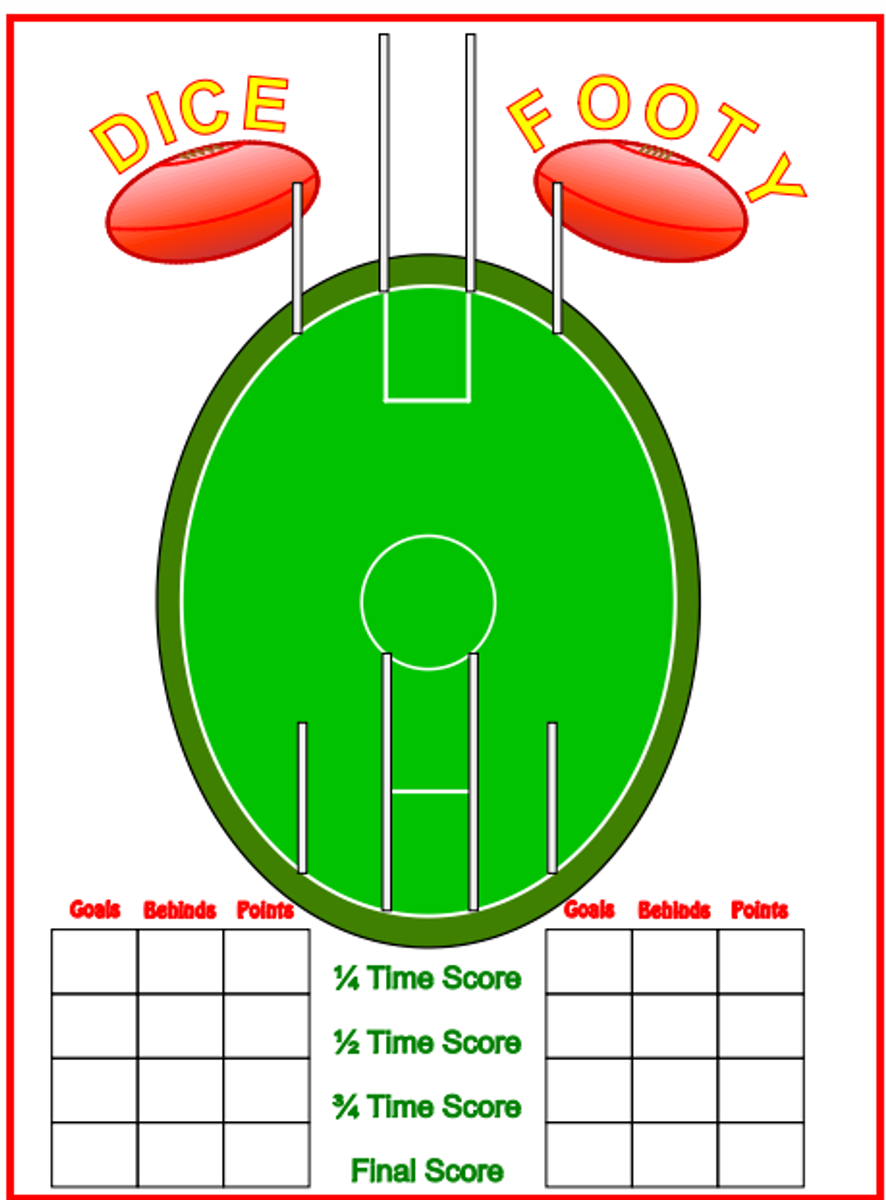Mathematics

In what order should children learn the multiplication tables?
Multiplication facts can be intimidating for some students. Luckily, there are strategies that we can use to help students learn the multiplication facts more effectively so that every student can be successful. The main mindset shift that we must make is that we are not simply teaching students to memorise the facts, but rather we are teaching students how to think about multiplication. Students need conceptual understanding first. Fact fluency will be a bi-product of excellent understanding. Although quick recall is a goal, we want students to have effective, efficient strategies that will enable them to use what they know for many other multiplication situations.
So what is the recommended order to learn multiplication tables?
Start with the one that students find the easiest - The 2's. Students learn to skip count by 2 and doubles quickly.
The 10's are next, because they all end in zero and have the digits 1 to 10 in front of the zero!
The 5's follow the 10's - using the "half of 10" strategy.
Once we master the 5’s, move on to the 1’s, and then the 0’s. Now that students understand multiplication, it is easier for them to grasp the somewhat abstract nature of multiplying by 1 and 0.
After the 0’s we work on the square facts like 4x4, 5x5, 6x6, etc. Knowing these facts is going to enable students to use them in the future to solve other derived facts.
This is where we get into the facts that are going to demand a bit more work. The great news is that we really don’t have that many facts left to master. Next, we move on to the 4’s, 3’s, and then the 9’s.
For the 4’s we use the double the 2's strategy , and for the 3’s we use the doubles plus one more group strategy. For the 9’s we will use what we know about 10’s and then just subtract one group.
We still have to learn the 6’s, 7’s, 8’s, 11's and 12's but we know most of them already because of the commutative property. The commutative property of multiplication states that the order of factors does not change the product, so 2x3 is a 2’s fact, but so is 3x2.
Below is a fun game to play with your child to practice multiplication!
Maths Parent Videos
The students at Vermont Primary School have developed a large set of instructional videos which are designed to help parents work with their children on Maths at home.
To access the videos go to https://au.accessit.online/VRM00/#!landingPage.
Your username is your child's Student ID Number. The password is vpsread.
Have a look and we're sure you'll find them useful!
DICE FOOTY (Years 3-6)
Dice Footy is an engaging game using multiplication and calculation skills.
Players choose a name for their team and just like Aussie Rules football, a goal is worth 6 points and a behind, worth 1 point. Players roll 2 dice, one for the goals and one for the behinds. The game is played in 4 quarters.
To play-
• Roll your first dice to know your goals for the 1st quarter.
• Roll your second dice to know your behinds for the 1st quarter.
• Enter your 1st quarter score and calculate the points.
• Your opponent has their turn.
• Play all 4 quarters and calculate your total score for the match.
Throughout the game, mathematical thinking is encouraged as players use their calculation skills to work out totals and differences between team quarter totals and overall scores. Chance plays a role as players determine what number/outcome is needed to win.

